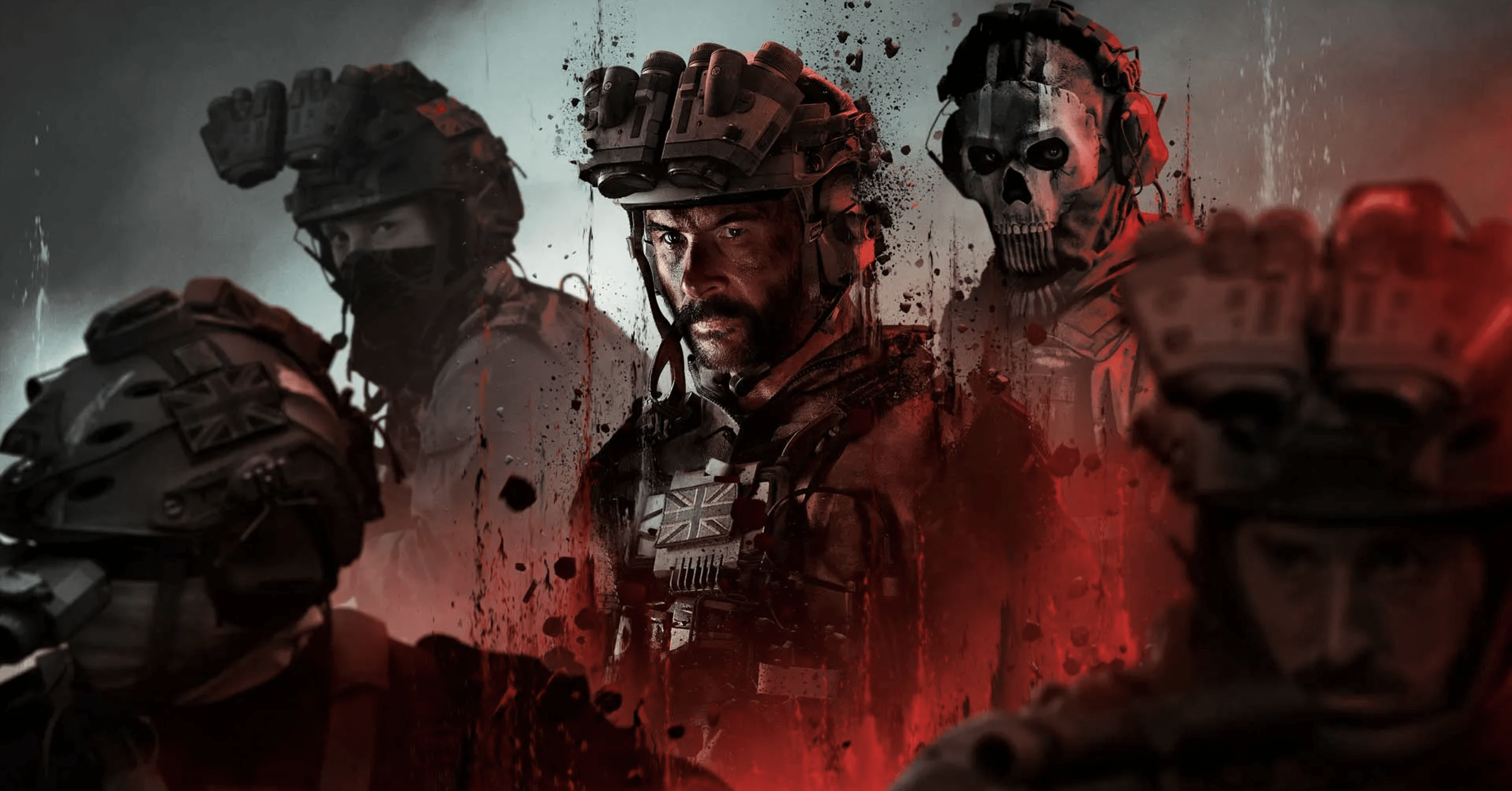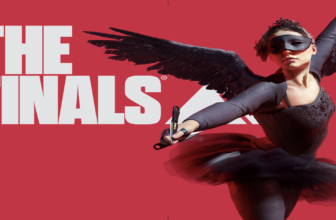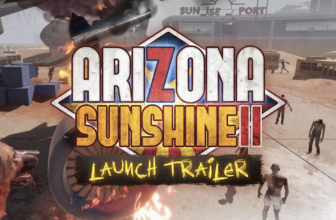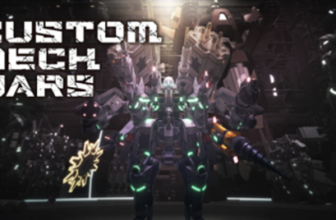
Call of Duty’s “Modern Warfare 3” has launched with a focus on nostalgia, featuring mostly repurposed content from previous games in the series. Despite its reliance on old material, the game successfully offers engaging multiplayer experiences, complete with fast movement and a Zombies mode that is both thrilling and addictive.
The game seems to be experiencing an identity crisis, being pieced together from various elements of past Call of Duty titles. It acts as a sequel to 2022’s “Modern Warfare 2,” but the maps are entirely from the 2009 version of the game. Additionally, it includes a Zombies mode developed by Treyarch, based on the forthcoming Warzone battle royale map, incorporating aspects from “Black Ops Cold War.”
The game’s launch has been unusual for a Call of Duty title, with multiplayer maps predominantly disconnected from the game’s campaign narrative. The reliance on previous maps creates a sense of familiarity for long-time players like myself, but it also highlights the patchwork nature of “Modern Warfare 3.”
Nevertheless, the game’s nostalgic elements sometimes resonate effectively. “Modern Warfare 3” reintroduces classic features from the original Modern Warfare series that were absent in last year’s installment. These include the traditional minimap, a more conventional perk system, and the ability to cancel reload animations. The return of yellow XP indicators for kills and objectives adds a satisfying touch, particularly for players who have been with the series since its early days.
The game has updated its movement mechanics to align more with recent Call of Duty games, offering faster and more fluid actions compared to the slower pace of last year’s “MW2.” This change has made maps like Rust and Scrapyard feel even more intense and fast-paced with updated mechanics like quicker mantling and sliding.
“Modern Warfare 3” also continues to offer standard game modes like Team Deathmatch, Domination, and Kill Confirmed, along with the return of Ground War. The addition of the War mode, first introduced in “Call of Duty: WWII,” brings a fresh dynamic with its attack and defend style of play.
One notable change in “Modern Warfare 3” is the simplified Gunsmith system, which now limits attachment slots to five and removes the weapon-tuning feature from “MW2.” This change makes the game more accessible to casual players, offering a more straightforward customization process.
However, the new Armory Unlocks system introduces a more tedious process for unlocking essential items, creating a grind for players to access their preferred loadouts. This system seems to unnecessarily prolong player progression and could be seen as a misstep.
The game boasts an extensive arsenal of weapons and attachments, and the “Carry Forward” program allows players to transfer their previously unlocked items. However, this creates an imbalance at launch, as players are immediately faced with opponents using fully-equipped weapons from “MW2.”
Despite its patchwork composition, “Modern Warfare 3’s” multiplayer remains an enjoyable experience, drawing on the nostalgia of familiar maps and gameplay. The Zombies mode, deviating from the traditional round-based format, combines elements from “Black Ops Cold War’s” Outbreak and “MW2’s” DMZ for a new style of play.
The Zombies mode, set on the upcoming Urzikstan map, features different threat levels and a variety of objectives, enhancing the “high risk, high reward” gameplay. This mode shifts focus from PvP to PvE, offering a more cooperative and less frustrating experience.
The narrative of Zombies unfolds through three story acts, with players completing objectives to unlock cinematic cutscenes. This approach is less demanding than traditional Easter egg quests, providing a more accessible and enjoyable experience.
While “Modern Warfare 3’s” campaign may have been lackluster, the multiplayer and Zombies modes provide enough entertainment to keep players engaged. The game’s success now hinges on the quality of its post-launch content, which will need to sustain player interest beyond the initial wave of nostalgia.




